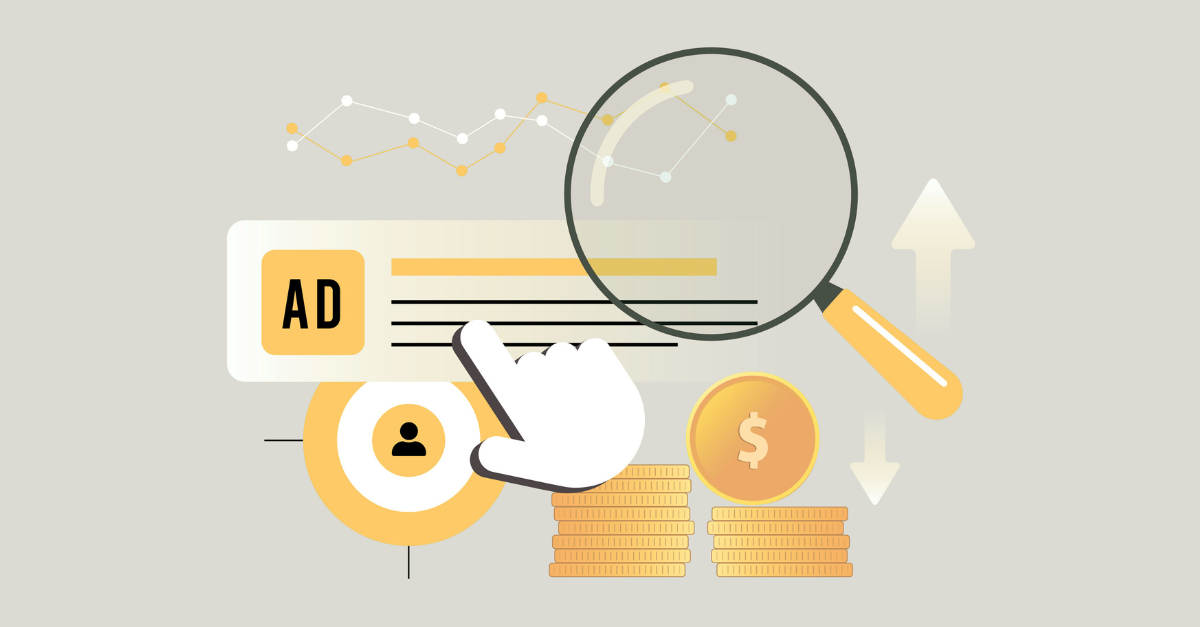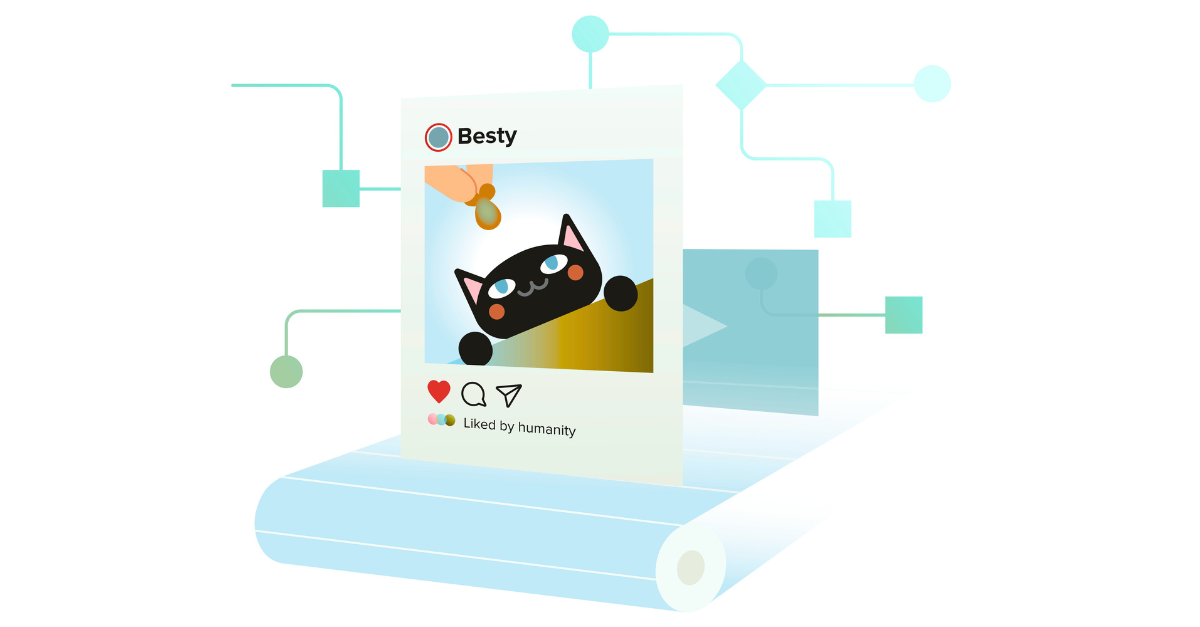Since the early 2000’s, social media has been a phenomenon that has been a major driving force for the rapid growth of internet adoption in the United States and around the world. As more people have flocked to social media, brands have constantly struggled with how to engage their customers without pushing them away. In this blog post, I will cover some high-level points on how to get started (or improve) your business’s utilization and engagement on social media. In future blog posts, we will cover more specific planning tools you can utilize for your social media marketing efforts.
Create a Written Social Media Strategy and Guidelines
I would recommend documenting your social media strategy and guidelines, if for no other reason than to make sure all stakeholders are viewing things from the same perspective. When documenting your strategy and guidelines, there are several key items to include:
- Goals/Objectives: What is the role social media plays in your overall marketing mix?
- Channels: What social channels are you including in your strategic roadmap? List them out.
- KPIs/Metrics: What are the metrics you are going to use to measure performance over time?
- Realistically, you may have different KPIs for each channel. Try to aggregate where you can, but make sure you are tracking metrics for each channel that make sense.
- Audiences: Who is your target audience and how will you use social media to engage them appropriately?
- Content Strategy: What types of content will you be leveraging across your social channels to achieve the goals defined?
- It wouldn’t hurt to establish a target frequency at this time. As always, make it an achievable target!
- Brand Voice/Personality: What is your personality on social media? Are you going to be strictly business? Want to use a bit a humor? How will you engage?
Define Your Goals and Objectives
As a data-driven marketing agency, we always like to start first and foremost by understanding what you would like to achieve as a business. We recommend starting with the big picture view of your marketing strategy and drilling down to the tactical and channel goals as it helps paint a fuller picture for how all your marketing efforts should be working together toward a common goal.
From a social media perspective, for B2B marketers it can be challenging to get to the specific goals you may have. There are plenty of examples of goals we can give you, but ultimately we want to ensure whatever we are doing is laddering up to your big picture goals. Do you want to improve your trust and authority within the industry as a thought leader? Perhaps you can start with audience building and engagement goals to frame up your efforts with social media. Do you have more concrete lead generation goals, be it Marketing Qualified Leads (MQLs) or Sales Qualified Leads (SQLs)? Then you probably want to define some social media goals that are more directly related to lead generation, and your tactical channel strategies should align to that specifically.
At the end of the day, social media strategy for B2B marketing starts and ends with establishing these goals, objectives, and KPIs. Without those, you won’t have a destination in mind and you may end up wandering aimlessly in the vagueness of social media marketing.
What are the Best Social Channels for B2B?
This is one of my ever-famous opportunities to say “it depends.” It does depend on your brand and your goals and the way you want to engage. That being said, my first tip that I’ll give for free is: don’t confine yourself to LinkedIn. It’s the obvious starter, but it may not be your ending point. I’ll cover at a high level a few other channels that may make sense for B2B social media marketing, depending on goals you might have. In the future, we will dig into some channels more specifically.
LinkedIn – The “Table Stakes” of B2B Marketing
As I already said, LinkedIn is the most obvious go-to channel for B2B marketers to think about. It is a social network for professional networking, and you know that, for the most part, your audience is going to be there. There are some exceptions to this rule, however I will stick with the assumption that LinkedIn will be a starting staple of your social media strategy.
How you use LinkedIn is very flexible. Perhaps your strategy is a limited company profile, allowing your employees to be more of the focal point of your efforts. If you have thought leaders within your organization that have a strong existing personal brand, you may want to see about using that to engage your audience.
On the other side of the coin, if you are looking to establish your business brand as the authority and focus less on individuals within your organization, you would need to alter your strategy appropriately. Create a content distribution strategy on LinkedIn that includes a combination of organic posting and paid ads (Sponsored Content, potentially InMail if it makes sense).
Twitter is your “real-time” opportunity to distribute content and engage with potential customers in micro-moments. That by itself can be a scary idea for brands. While many brands tend to use Twitter almost solely as a mechanism for content distribution, it has a lot of potential to veer off course. However, it also has excellent use cases for how you can create a brand voice with your customers, if executed well. (In my opinion, Twitter is also a very good reason for having a proactively planned crisis management plan in place).
From previous experience and based on various studies (official and unofficial), Twitter does not tend to be a high deliverer of lead volume. However, it is one of the most leveraged channels for distributing brand content and driving growth of thought leadership. If you have a clear plan and a strong method to execute on that plan, you should include Twitter as a core element of your B2B social media strategy.
With most people, when we start talking about their social media strategy, they tend to start the conversation with Facebook. As the largest social network, this is probably a no-brainer starting point. All businesses want to be where the people are…it’s kind of a basic principle of marketing and advertising.
From my perspective, I often wonder about the applications of Facebook for many B2B brands. I think that there are likely very good reasons to have a presence, but I am not always convinced we have that defined. Why do we have a Facebook page? Is it there to be a support channel for existing customers? Is it there as a component of our community engagement or employee engagement strategy? Or are we legitimately wanting to use it as a piece of the external marketing mix to drive new business growth in some way? If we have a documented social media strategy, we hopefully already have this answer.
The other reason I am hesitant to lead with Facebook is because of how significantly the algorithms have moved against brands. Facebook’s goal is to connect individuals, and they have made clear algorithm changes to limit brand interference…at least from an organic perspective. You’ve likely heard that Facebook is basically a “pay to play” channel for brands now. I think this is true, but it also is a very affordable cost to play as things stand currently, particularly when comparing to other channels like Google Ads. With clear goals and a strong understanding of what you are trying to achieve, Facebook may be a strong component of your social media strategy. Or it may be a peripheral player that is really there for employees and/or existing customers.
Using Instagram for B2B marketing is another discussion that I would approach with caution. If you don’t have a highly visual brand, it makes the use of Instagram as a B2B marketing channel challenging to say the least. In the past, I have worked with clients that have had stock images as the core piece of their Instagram strategy. That’s certainly one way to go, but not an ideal situation and not something I would recommend.
Being a very visual platform, Instagram gives you the opportunity to have fun as a brand if you have the time and/or budget to embrace your creativity. It’s definitely a channel where being real and being visually creative will make or break your performance. But because of its audience size, Instagram certainly belongs on the list of considerations for your social media channels.
YouTube (and other video platforms)
Video killed the radio star, as they say. Honestly, I don’t know what that has to do with anything, but too late…I already typed it and no takebacks. Okay, so really what I meant by that is that a good video can outperform great marketing copy easily. Video is definitely not some sort of phenomenon at this point. Whether it’s YouTube, Vimeo, or in-platform videos on LinkedIn, Facebook, Twitter, Instagram, etc., video has been proven to drive high engagement and leads to a higher conversion rate.
I believe that video has moved from a “nice to have” to a “must have” for most businesses. If you are in an industry that sells complex products or services, I think video can make explaining and showcasing your products more efficient and effective. And while I say video should be considered a “must have” piece of your marketing plan, that doesn’t make it easier to do. It’s a goal to strive for!
Some Other Ideas
Quora
I personally love Quora as a consumer of information. We know that B2B buyers and decision makers do a lot of their research (as much as 80%) before ever contacting a salesperson. Quora is a platform that is designed for people to ask questions and get answers from experts. While you may not be ready as a brand to engage on Quora boards, leveraging ads in Quora could be an opportunity to get eyeballs on your brand in the context of highly relevant questions. I also love Quora because it is SEO gold for a lot of intent-based searches. If you are willing to engage and consistently participate, it could potentially bring a solid volume of leads.
I am also a personal fan of Reddit for a variety of reasons. When you think about the news in the past couple of weeks, I bet Reddit comes to top of mind for many of you, particularly if you have even middling interest in the stock market. While I tend to lean toward the entertainment value of Reddit, I also find a lot of great conversations about my professional interests.
And while engaging as a brand can be risky if not approached authentically, there may be hidden value in gaining visibility in those boards. Reddit also offers ad opportunities that may allow you to be a more passive participant in the community without getting roasted as a spammer.
Establishing KPIs and Metrics
Once you’ve gone through the exercise of defining your goals and identifying the core channels you want to leverage for your social media strategy, the next step is mapping out specific and measurable KPIs and metrics. For the sake of simplicity, let’s say you determined that your social strategy is to build brand awareness and reach. You determined that the best channels, based on time and resources, would be LinkedIn, Twitter, and Facebook. This may include organic and paid tactics.
For a strategy that is based around expanding your awareness and reach within your target audience, there are some high level KPIs and metrics you could use. For example:
Follower Count
This is a quick, easy way to gauge your growth. You can aggregate follower counts across all social channels or by channel depending on your preference. We know that your organic social posts are primarily seen by your followers, so if your goal is to expand your reach you need to grow this number.
Impressions
While this may be considered a primitive way to evaluate performance in the long term, it is valuable to monitor—especially for brands that are starting from a small baseline. More impressions means the likelihood of more brand visibility.
Reach
Alongside impressions, reach gives you an idea of the total number of people that see your content. It’s sort of like sessions vs. users in web analytics. Impressions measures total times your brand was seen while Reach measures the unique number of people that saw it.
Clicks
This starts to get a bit into the engagement layer of KPIs for social media but could also play a potential role as a secondary KPI for awareness focused strategies. As your brand visibility grows, ideally that leads to more active engagement—specifically in the form of clicks.
Website Traffic
You should have Google Analytics (or whatever analytics platform you use) set up so that social media traffic is tracked effectively. By first establishing a baseline, you can then measure that traffic over time to evaluate whether your strategy is having an impact on traffic to your website.
Reactions
I use reactions to generically refer to all types of engagement that occur within the social media platforms rather than drive specific website action. This could be likes, mentions, shares, comments, etc. Combined, these reactions will hopefully scale up as your other metrics (followers, impressions, etc) increase.
Conversions (Leads/Sales)
For more transactional strategy measurement, conversions will be a primary KPI you will want to track. This could be measuring direct sales conversions or, in the case of most B2B organizations, lead-based conversions.
Lead Conversion Rate
Along with conversion data, you will want to keep an eye on your lead conversion rate when measuring these types of social media strategies. This will be a key indicator into the effectiveness of your social media campaigns.
Cost Per Conversion
Again, whether this is direct sales or a lead conversion, keeping an eye on the cost per conversion will be a very important measure to watch. If leads/conversions are the focus of your efforts on social, you will likely have a target cost per conversion to measure campaign effectiveness.
Closing Thoughts
This is just touching the tip of the iceberg when it comes to thinking through your social media strategy. I like to keep a high-level view to ensure what we are doing from all components of the marketing mix is aligned and working toward the same objectives. We will continue to dig into some of these ideas in future posts, so stay tuned!



